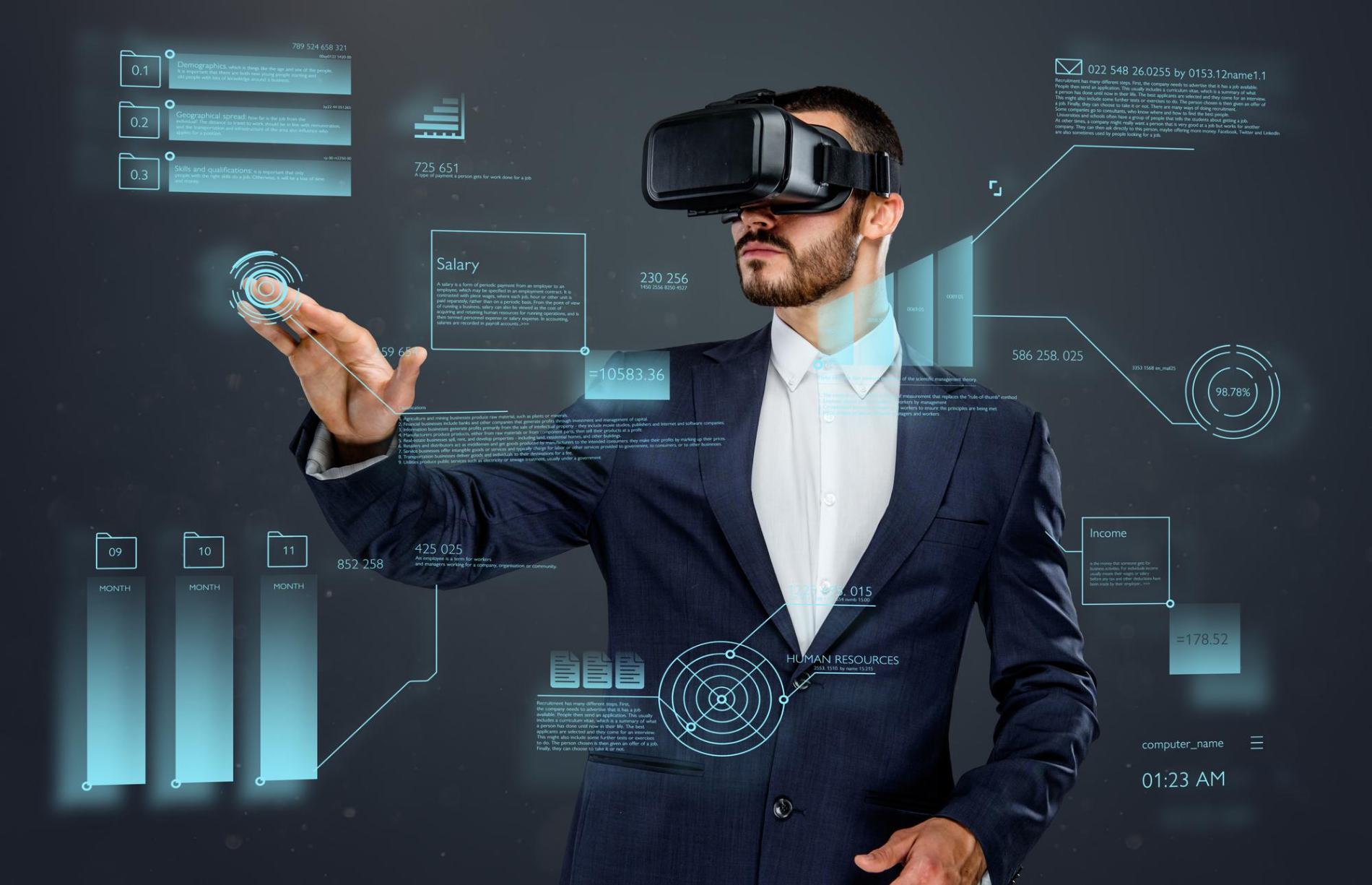Posted On August 1, 2024
Emerging technology trends in the industry
This can be done on the fly when operation on a design, or through a large language model that has been trained on a wide variety of design data. It involves training an algorithm to make decisions based on previous data or patterns, thereby enabling the system to generate better and more accurate outputs.
Emerging technology trends in the industry. This approach is particularly effective in tasks with specific parameters or weights. GenAI algorithms can augment users’ work with more and better scenarios, ultimately leading to improved results and differentiated products. LLMs have taken the lead in GenAI which is helping the businesses integrating LLMs very smartly as per the specific needs.
AI & Machine learning:
Machine learning, or ML for short, is like a super-smart tool that's getting really popular. It's used in all sorts of places, from catching sneaky credit card thieves to showing you the perfect ads on social media. Basically, ML can do jobs that people used to do, but way faster and more precise. It does this by learning from mountains of information, like a superpowered brain!
Machine Learning is the general term for when computers learn from data. It is a subset of AI where algorithms are used to perform a specific task without being explicitly programmed - instead, they recognize patterns in the data and make predictions based on their learnings once new data arrives.
ML is a great way of automating complex tasks that go further than rule-based automation. Traditionally, developing a Machine Learning solution has been a very costly and time-consuming process. But with the latest advancements in hardware resources, high end GPUs and TPUs along with cloud infrastructure for training the models has come to ease.
Edge computing:
With the advancements of hardware capabilities Edge computing is taking a lead in many business use cases. Hardware devices like IP cameras with reasonable computing power can run light weight machine learning models to process imagery data in real time and trigger appropriate events.
Edge computing is like having a mini computer centre right where things happen. Imagine a wind turbine - instead of sending all its data to a faraway computer center, it can have a small box with a computer and storage right there. This box can crunch the data from the turbine's sensors and then send only the important bits to a bigger computer centre for further analysis. The same idea goes for a train station - a small computer system can handle the data from all the train sensors and only send what's important for further review.
The future of technology is looking bright and we all need a keep eye out for all the emerging trends in the industry.








